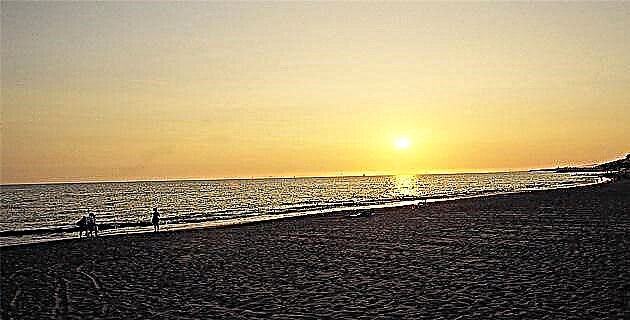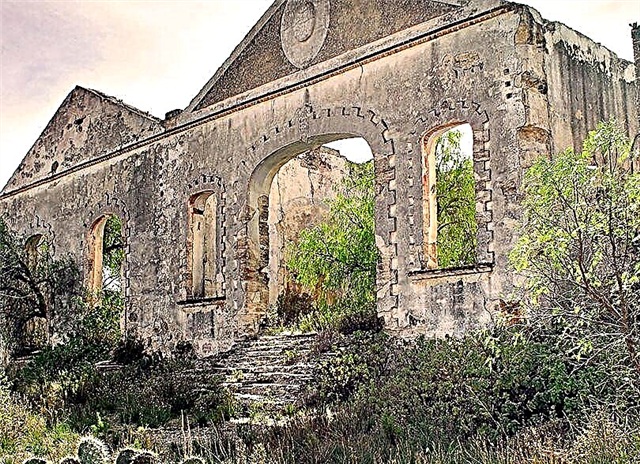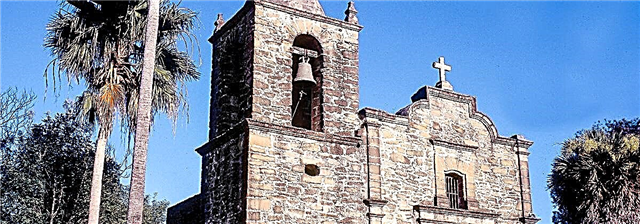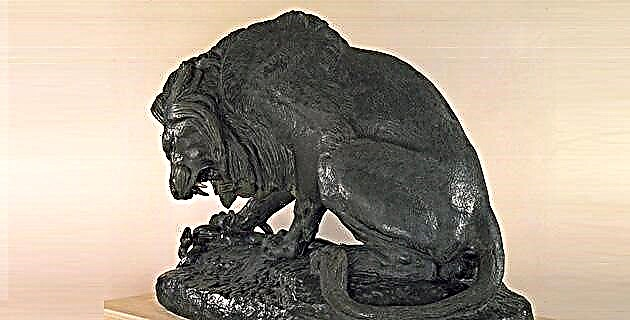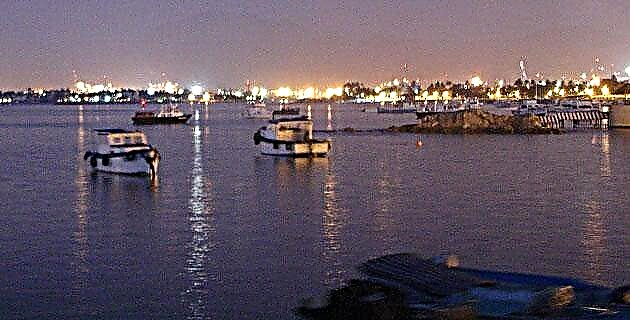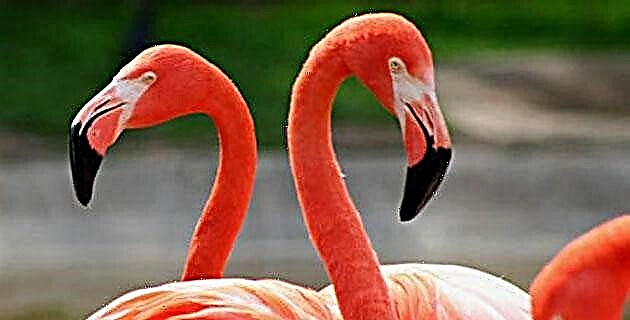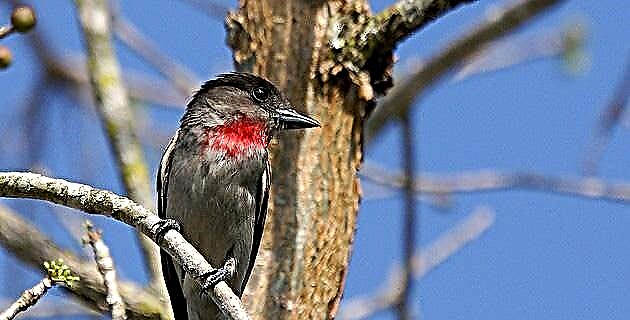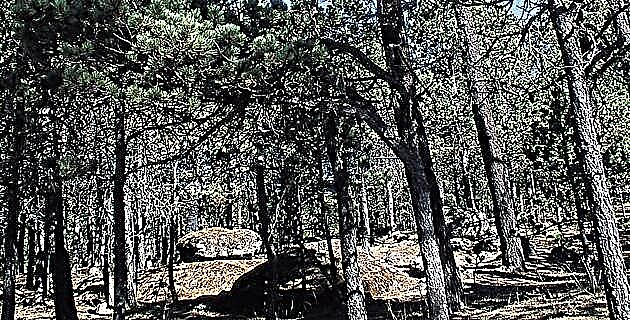
We continue with the second part of this guide through the places where nature takes its greatest expression and invites us to merge with it.
The Michilía
In the highest lands of the south of the state of Durango is this biosphere reserve, crossed by two mountain ranges: the Michis and Urica mountains, which are part of the Sierra Madre Occidental, where the dry temperate forest predominates, composed of grasslands and oak vegetation and various species of pines.
Within the protected area there are broken lands and ravines that have small water courses, although there are also springs that give life to the region and where coyotes, deer and foxes come to drink; The abundant regional fauna allows scientific research to be carried out at the station located within this reserve.
Mapimi
This is a biosphere reserve located in the extensive plains of the Mapimí pocket, north of the state of Durango, near the border with Chihuahua and Coahuila. In the surroundings of the area you can see the silhouette of the high and elongated peaks that surround the reserve, and in the center of it the hill of San Ignacio stands out.
Nearby are facilities where scientific research activities are carried out on the predominant vegetation of xerophilous scrub, and especially on the largest and oldest North American desert tortoise. Another attraction within the protected area, and located near the station, is the presence of the questioned zone of silence.
Sierra de Manantlán
Located between Jalisco and Colima, this biosphere reserve has a valuable ecological heritage: the recently discovered primitive corn or teosinte, which is only found in this place; However, it also has a high plant diversity that includes some endemic plants and about 2 000 other species that are part of the oak and pine forests, the mountain mesophilic forest, the low forest and the thorny scrub, which present large Specific and climatic differences due to the abrupt altitude gradient, which starts from the lowlands and reaches the high peaks.
Monarch butterfly
This protected natural area located in central Mexico includes coniferous forests, which are visited each year by migratory butterflies that have traveled thousands of kilometers from the United States and Canada.
The colonies made up of millions of butterflies go to hibernate and reproduce between November and March, when they constitute a unique spectacle in the world, because here it is possible to admire bulky conglomerates of these insects that cover the trunks and hang from the high branches until they almost break them.
The most important sanctuaries located in the state of Michoacán are the mountains of El Campanario, El Rosario and Sierra Chincua, of which two of them have access to the general public, from the towns of Angangueo and Ocampo.
Tehuacán-Cuicatlán
The Tehuacán-Cuicatlán Valley is considered a center of great global biodiversity, mainly due to the high number of existing endemic cacti; although among the most notorious flora it is possible to identify yuccas, palms and cacti with a spiky or rounded aspect.
This biosphere reserve brings together more than 2 000 plant species, which is part of the tropical deciduous forest vegetation, thorny scrub, and oak and pine forests, where wildlife finds an excellent habitat. The area located between the states of Puebla and Oaxaca also has archaeological remains of the Mixtec and Zapotec cultures, as well as fossil deposits that indicate that these lands remained under marine waters hundreds of millions of years ago.
Sierra Gorda
It is one of the largest and semi-arid regions in central Mexico. In its vast territory (Queretano) there are five old Baroque missions founded by Father Serra in the seventeenth century. The area has a topography with a wide altitudinal range, which varies from 200 meters above sea level to 3 100 meters above sea level, where it is possible to observe drastic contrasts, such as the warm semi-tropical landscape of the Huasteca, near Jalpan, the xerophilous scrub in Peñamiller, and the coniferous forests of Pinal de Amoles, in the highlands, which have snow in winter.
In the heart of the mountains there are deep caverns, ravines and rivers, such as the Extoraz, Aztlán and Santa María, as well as scattered archaeological sites of the Huasteca and Chichimeca cultures, waiting to be explored.
Centla Swamps
The surface of this biosphere reserve is made up of lowlands, almost totally flat, bathed by the waters of the Gulf of Mexico and by mighty rivers, such as the Usumacinta and the Grijalva. The influence of fresh and brackish waters that penetrate dozens of kilometers inland, has created one of the most beautiful marshy areas of Tabasco, where the characteristic vegetation near the coast is the mangrove, the tular, the popal, the palms and the dunes coastal areas, and higherland rainforests.
The terrestrial fauna is diverse, but the aquatic fauna stands out, such as migratory birds, crocodiles, freshwater turtles and pejelagarto, which find good protection in these ecosystems.
Ría Lagartos
This natural protected area of wide water courses and reddish salt flats, located in the northwest of the state of Yucatan, has varied terrestrial ecosystems such as coastal dunes, savannas and dry lowland forest, and a great diversity of environments with aquatic influence, such as mangroves, marshes, petenes and aguadas, where pelicans, seagulls and storks nest, although among all these species the pink flamingo of the Caribbean stands out, which provides great ecological importance and a special beauty to the area. Likewise, the site is considered one of the last continental refuges where migratory birds that cross the Gulf of Mexico rest and feed.
Other Biosphere Reserves
· Upper Gulf of California and Colorado River Delta, B.C. and they are.
· Archipelago of Revillagigedo, Col.
· Calakmul, Camp.
Chamela-Cuixmala, Jal
· El Cielo, Tamp.
· El Vizcaíno, B.C.
· Lacantún, Chis.
· Sierra de la Laguna, B.C.S.
· Sierra del Abra Tanchipa, S.L.P.
· Sierra del Pinacate and Gran Desierto de Altar, Son.
Flora and Fauna Protection Areas are those that have a habitat on whose balance and preservation depends the existence, transformation and development of species of wild flora and fauna.

